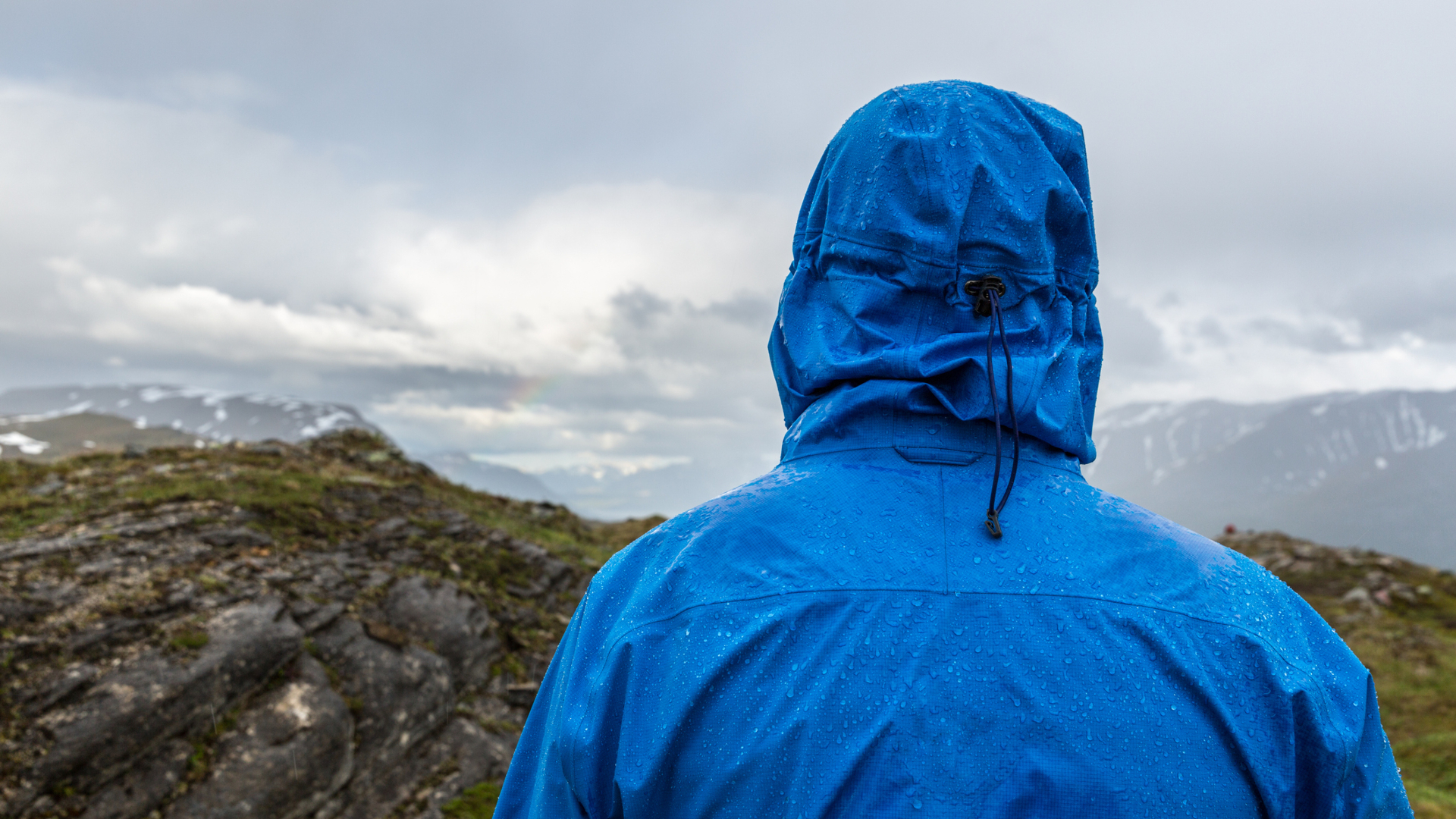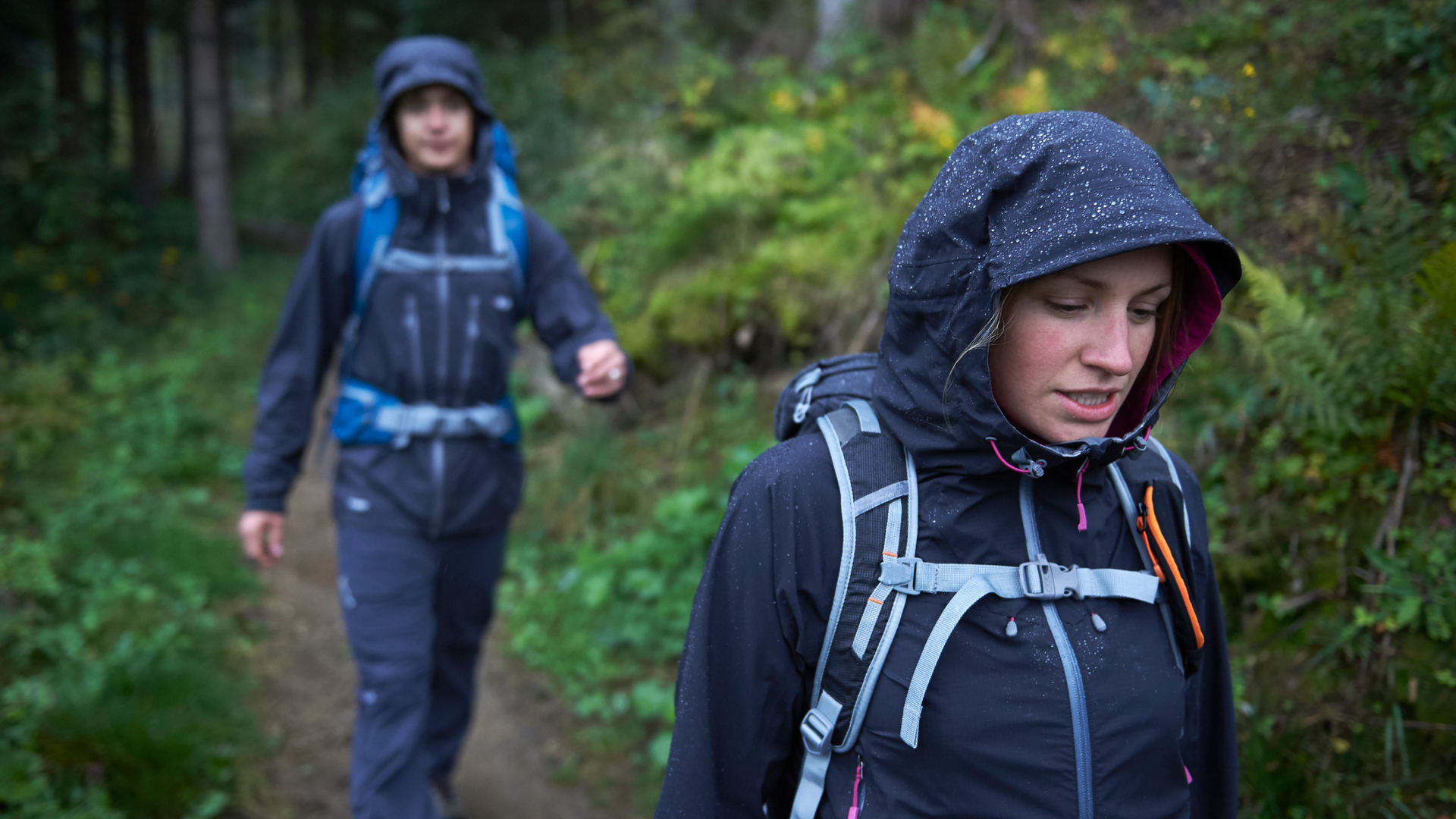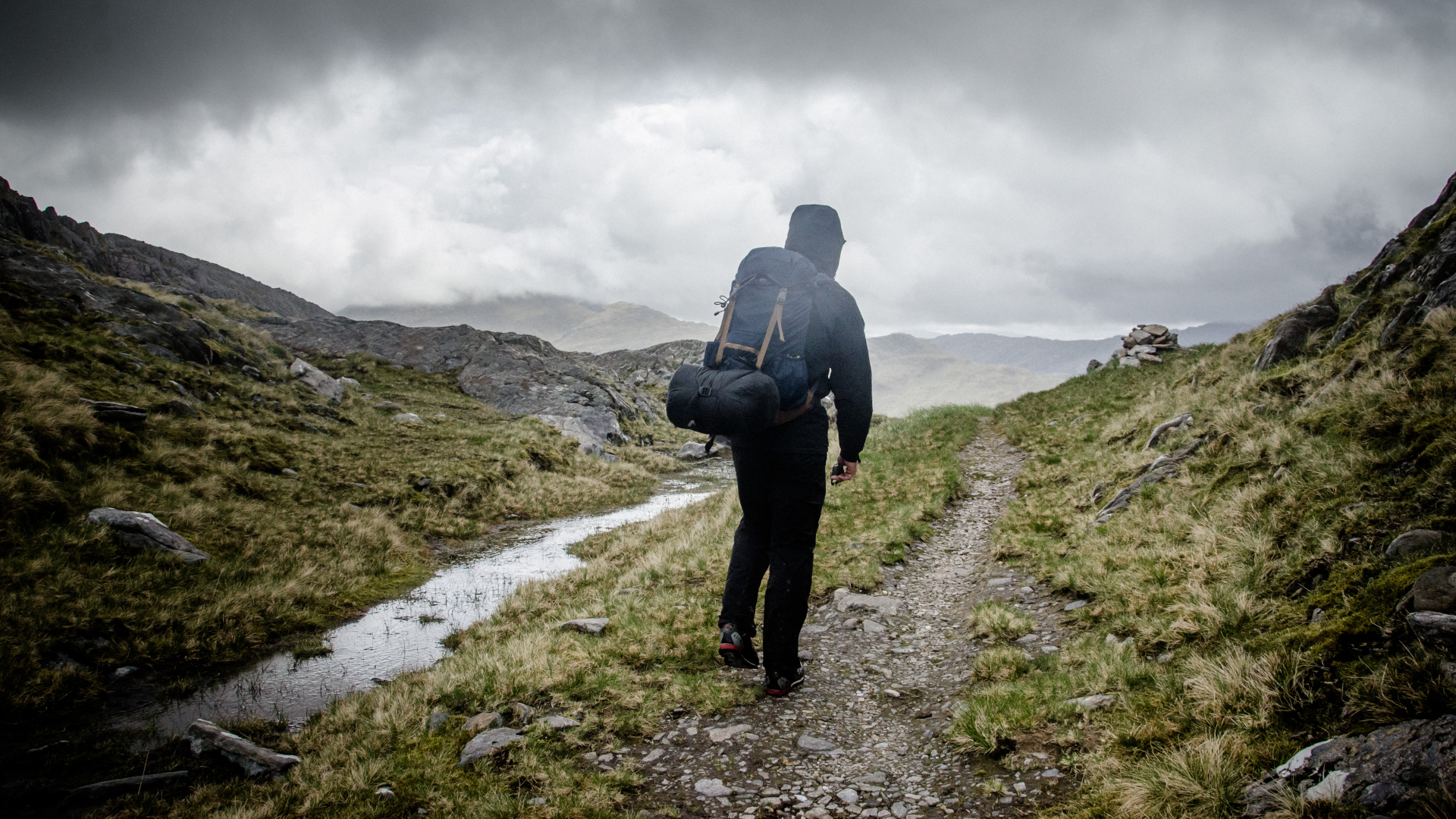Breathable waterproof fabrics: 6 high-performing, rain-ready fabrics that rival Gore-Tex
Discover six breathable waterproof fabrics that deliver ultimate weather protection while keeping you from getting clammy on the dampest of days

Gore-Tex is a durable, breathable waterproof membrane used in much high-end outdoor gear, and over recent years the brand name has become an interchangeable term for almost any breathable waterproof fabric. While some manufacturers believe that "going without Gore-Tex is commercial suicide", it's no longer the only brand in the game.
When you’re camping, trail running or hiking in stormy weather, you want gear that protects you from the elements while preventing you from getting sweaty, whether it’s your waterproof jacket, rain pants, boots or tent. Breathable waterproof fabrics are the answer: they stop rain from getting in, while still allowing your skin to breathe.
The most renowned example is Gore-Tex. It was created and trademarked in 1969 by the Gore family, who swapped the heavier polyurethane layer in waterproof clothing that made you clammy for a thin, porous membrane. The result was that rain stays out, sweat escapes and wearers stay comfy.

There are lots of upsides to Gore-Tex: it’s extremely waterproof and breathable, any garment made using its fabric is required to have taped seams and the brand offers a lifetime guarantee for its products regardless of who made them.
However, there are downsides too: since it only allows vaporized water vapor through, if you end up with liquid water inside your Gore-Tex clothing, it will stay there which is why your Gore-Tex gear can sometimes feel slick and clammy. Gore-Tex is expensive, known for making an annoying swooshing sound when you're moving and is made using a group of chemicals called perfluorochemicals which, according to the Centers for Disease Control and Prevention (CDC), are a concern because they do not break down and therefore build up in our landfills and water sources. Though there is not yet conclusive evidence that these chemicals are harmful to human health, Gore-Tex has committed to phasing these chemicals out of their production to become more environmentally friendly.
We decided to tackle the task of finding out whether any other fabrics stand up against the waterproof giant. Whether you’re looking for more sustainable, cheaper or better-performing alternatives to Gore-Tex, check out our guide to breathable waterproof fabrics that help keep you dry during damp days on the trail.

eVent
One of the earliest and best known alternatives to Gore-Tex, eVent technology is a waterproof membrane that is paired with other fabrics and features billions of tiny pores that ‘vent’ moisture away from your body but don’t let droplets in.
All the latest inspiration, tips and guides to help you plan your next Advnture!
The difference between eVent and other similar technologies is that eVent is a ‘dry system’ that doesn’t need to get wet or require excessive body heat to work. Because of this, it claims to keep your body in a more steady state of temperature and humidity when you’re exerting yourself.
eVent does away with the polyurethane layer used in Gore-Tex which makes it more breathable and lighter, however this means that the sweat wicked off your body remains in the fabric, meaning it becomes more dirty, faster.
eVent vs Gore-Tex
Pros
- Lightweight
- Slightly more waterproof
- Comparable or better breathability
Cons
- Requires more washing
- Can be less durable than Gore-Tex, depending on on the fabric it is paired with

Páramo Nikwax Analogy
Developed in the early 1990s, Páramo Nikwax Analogy also utilises a 2-layer approach that consists of an outer layer, usually ripstop polyester, treated to deflect wind and rain, and an inner layer that they term a ‘pump liner’.
The outer layer is water-repellent, while the pump liner is designed to mimic animal fur, ‘pumping’ moisture away from your body, with the end result of the two layers being a waterproof fabric.
An air gap between the two materials also provides insulation, which is great for cold weather. You can read more in our article on Gore-Tex vs Páramo Nikwax.
Paramo Nikwax Analogy vs Gore-Tex
Pros
- More environmentally friendly
- Cheaper
- More breathable
Cons
- Heavier and thicker

Pertex Shield
The initial incarnation of Pertex was as a breathable, moisture-wicking fabric that allowed moisture to escape through capillary action. Later, they added waterproofing capacity and the modern versions feature 2, 2.5 and 3-layer constructions.
Pertex rivals Gore-Tex in breathability and is very lightweight, making it easy to fit in your backpack, while Gore-Tex wins in the waterproofing and durability categories.
Pertex Shield vs Gore-Tex
Pros
- Breathable
- Packable
- Lightweight
Cons
- Less durable

The North Face FutureLight
One of the newer challengers to Gore-Tex’s dominion, The North Face’s in-house breathable waterproof fabric, FutureLight, uses what they call “nano spinning”. This technique builds micro threads, which they promise offers double the breathability, equal waterproofing and durability, and “whisper-quiet softness” compared with Gore-Tex’s. The price, however, is comparable to Gore-Tex.
The North Face FutureLight vs Gore-Tex
Pros
- Breathable
- Durable
- Quieter when moving
Cons
- Expensive
Patagonia’s H2No
With H2No, Patagonia set out to create a breathable waterproof fabric that is also durable while using recycled materials. It uses a 3-layer construction with a ‘laminated scrim’ that helps disperse moisture build-up by decreasing drying time and minimizing the risk of incoming water droplets.
The result is not as waterproof or breathable as Gore-Tex, but it’s more comfortable and probably better for the environment.
Patagonia’s H2No vs Gore-Tex
Pros
- High comfort
- More environmentally friendly
Cons
- Less waterproof
- Less breathable
Polartec Neoshell

While many breathable waterproof fabrics have claimed to be the most breathable around, Polartec Neoshell might just stake this claim. Polartec claims to have engineered optimal pore size and placement to release heat and sweat without high pressure build up, meaning you don’t have to get very hot and sweaty for it to start working and you maintain natural thermoregulation.
It’s also very stretchy fabric so it’s ideal for dynamic pursuits where you’re likely to perspire a lot.
Polartec Neoshell vs Gore-Tex
Pros
- Extremely breathable
- Greater freedom of movement
Cons
- Less waterproof
- Expensive
Julia Clarke is a staff writer for Advnture.com and the author of the book Restorative Yoga for Beginners. She loves to explore mountains on foot, bike, skis and belay and then recover on the the yoga mat. Julia graduated with a degree in journalism in 2004 and spent eight years working as a radio presenter in Kansas City, Vermont, Boston and New York City before discovering the joys of the Rocky Mountains. She then detoured west to Colorado and enjoyed 11 years teaching yoga in Vail before returning to her hometown of Glasgow, Scotland in 2020 to focus on family and writing.

